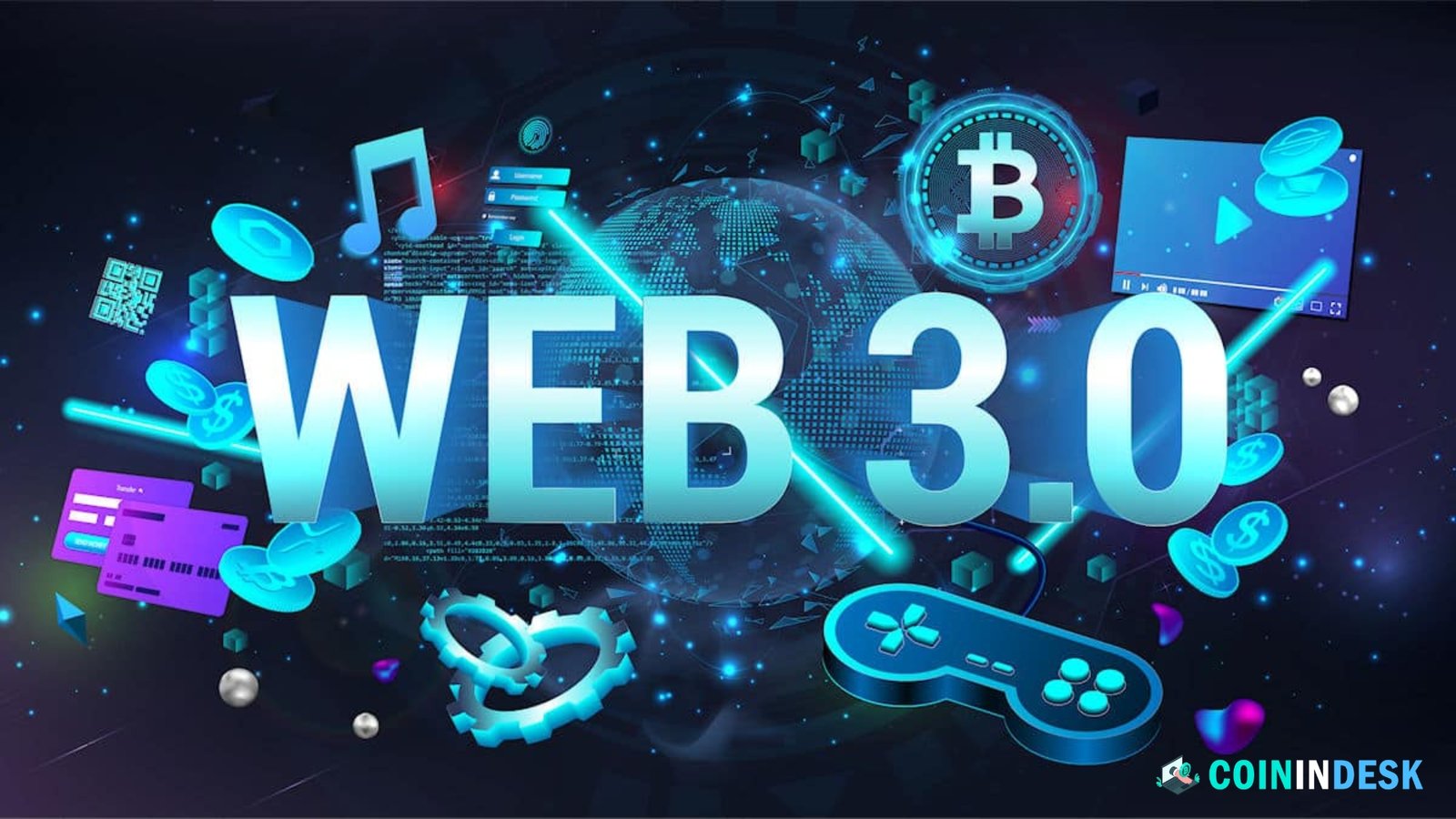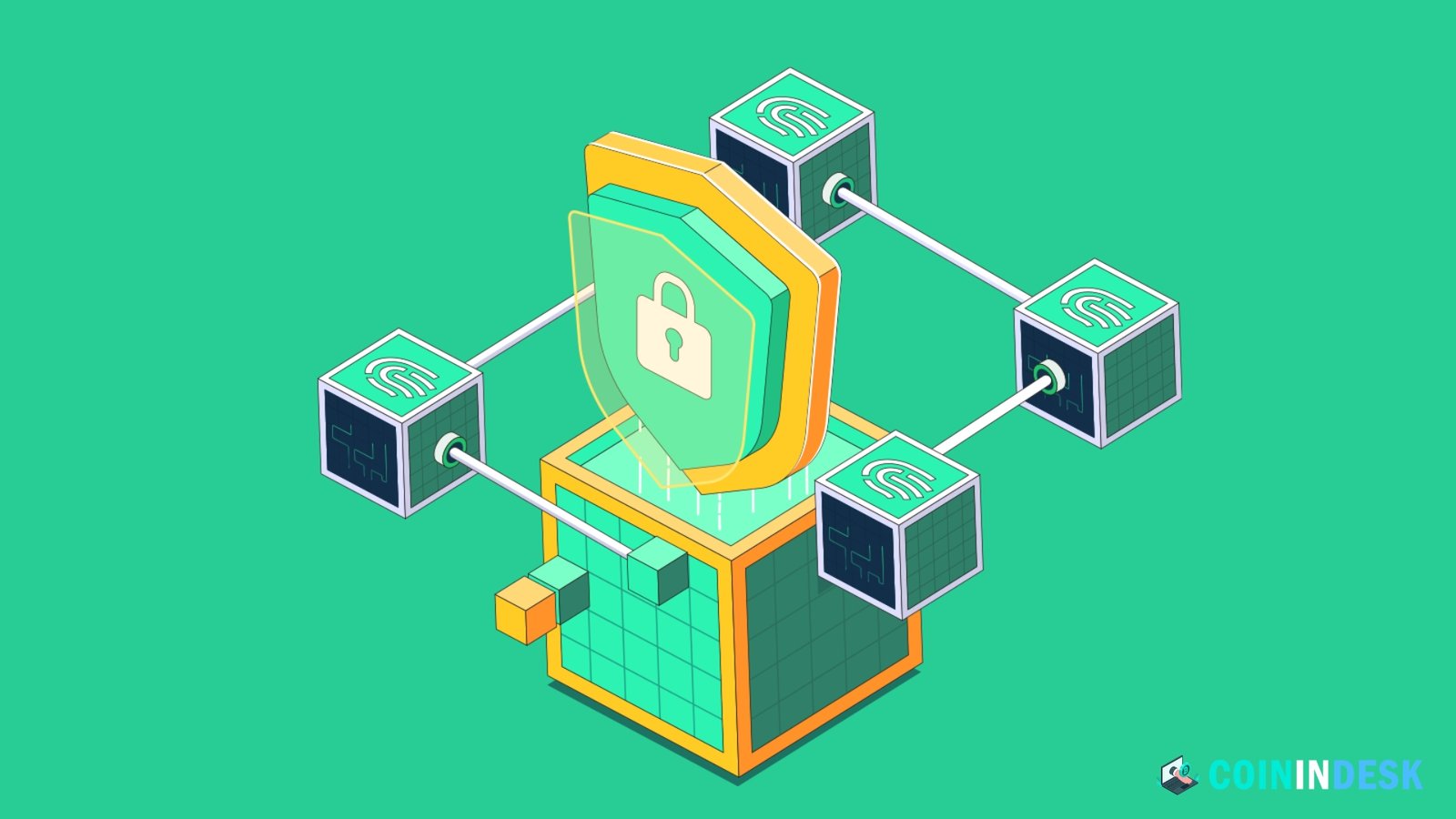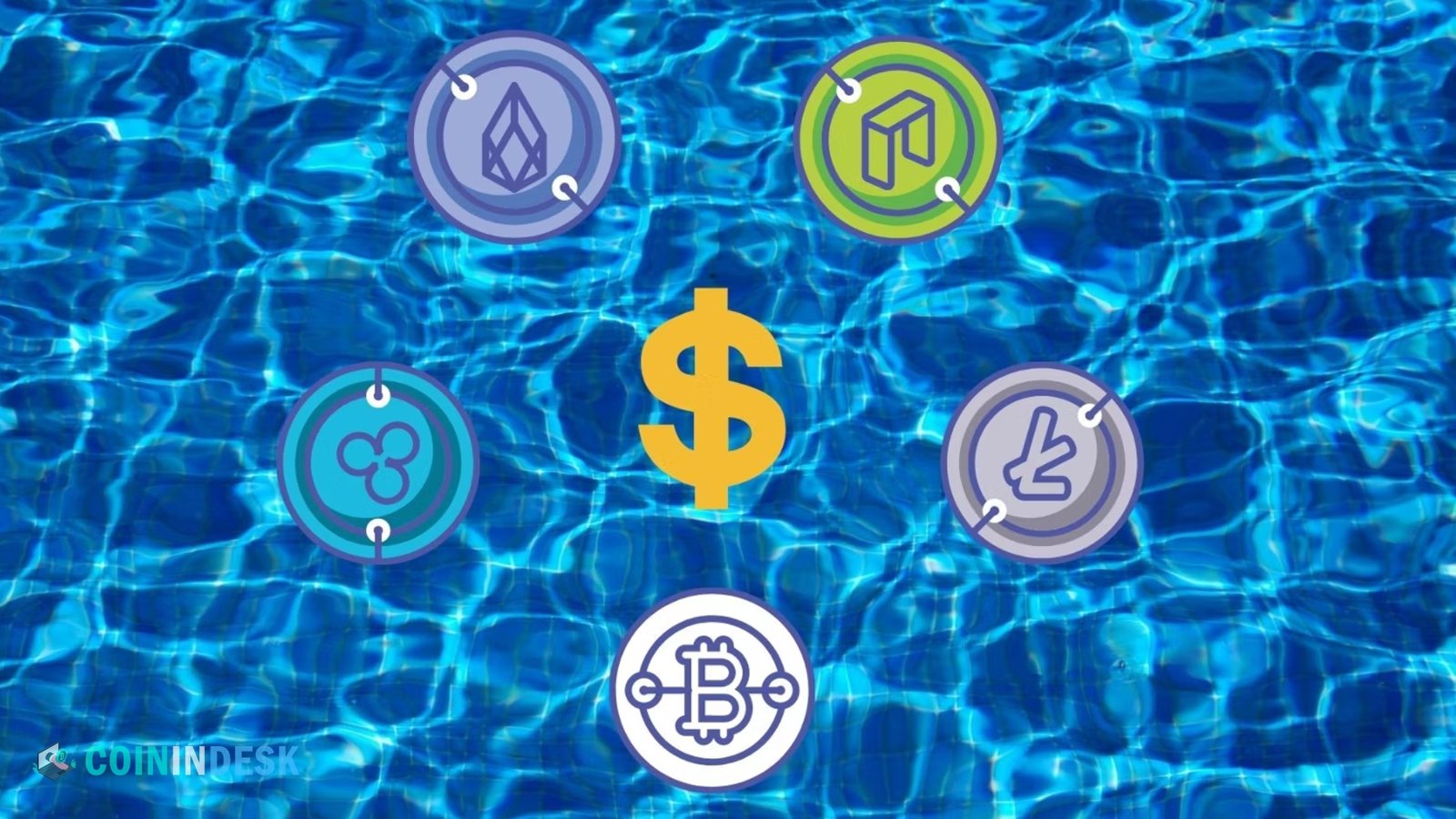Invest in Web3. The third and final stage of the World Wide Web is Web3. With an emphasis on inclusivity and decentralization, web3 integrates new ideas and technology, including gamification, metaverses, blockchain, artificial intelligence, decentralization of identity, and decentralized financial infrastructure. Keep reading to discover the downsides, how to invest in Web3, and which tech stories provide the best chances of success.
What Is Web3?
The term “Web3” is being used to describe a potential new Internet protocol. The first stage, Web1, kicked off in the 1990s and encompassed the earliest days of internet access when devices like 56k dial-up modems, large personal computers, and a read-only web were commonplace.
Installation of Fibre Optics and 4G connectivity through smartphone devices were part of the next level of internet access. Web 2.0 also paved the way for cloud computing and social media to explode in popularity. Web3, the next phase, will provide a slew of new ideas and technology that will promote decentralized and inclusive online behavior.
One example is blockchain technology, which aspires to be central to Web3 by guaranteeing global translatability, distributed control, and transparency. Other recent innovations, such as decentralized physical infrastructure networks (DePINs), machine learning, and artificial intelligence (AI), coexist with blockchain technology.
Thanks to Web3, which covers the trillion-dollar banking landscape, everyday financial services will be accessible to everyone. Increased exposure to metaverses, non-fungible tokens (NFTs), and play-to-earn (P2E) gaming are all part of decentralized finance (DeFi) products, which also include lending, borrowing, and trading.
Each of Web3’s subsectors offers an intriguing shift away from the present Internet landscape, dominated by a few powerful corporations. Using Web3’s decentralized internet services via independent nodes, everyone can share their data usage and earn tokenized incentives.
Decentralized social media is another example of Web 3.0 since users’ views and opinions are not subject to censorship or manipulation by large tech companies. Finally, there’s the IoT, which guarantees that different apps work together without a hitch. This might encompass everything from home security systems and autonomous vehicles to smart cities, wearable technology, and augmented reality (AR) goggles.
Top 10 Best Ways to Invest in Web3
Now that we’ve reviewed the fundamentals, you may wonder how to invest in Web3. The first step is to select the most promising Web3 subsectors—AI, blockchain, DeFi, or DePIN. The next stage is to investigate specific investments within each group.
Diversification is the way to go when putting money into a new and perhaps risky idea. Presented here are ten of the most promising Web3 investments. The potential, workings, and standout investments of each Web3 narrative are detailed here.
Buy Web3 Cryptocurrencies
There is a native coin for every blockchain network. Bitcoin (BTC) supports the Bitcoin blockchain. Smart contracts can generate sub-tokens on some blockchains. While ETH is the native coin of Ethereum, thousands of other ERC-20 tokens exist on the blockchain.
Every token represents a different Web3 project. Thus , assembling a collection of coins and tokens can kick off investment in Web3. The next sections explore a variety of crypto narratives that this should cover. P2E gaming is a prime example; by 2031, industry experts predict it will have brought in more than $6.3 billion.
, assembling a collection of coins and tokens can kick off investment in Web3. The next sections explore a variety of crypto narratives that this should cover. P2E gaming is a prime example; by 2031, industry experts predict it will have brought in more than $6.3 billion.
This amounts to a 21.3% CAGR over the next seven years, increasing from $755 million in 2021. In the P2E sector, PlayDoge is among the top Web3 coins. Simply put, PlayDoge is developing a mobile game inspired by the Tamagotchi idea. As a player’s virtual pet grows and thrives, they can collect tokenized rewards.
With its present presale promotion, PlayDoge is capitalizing on a rapidly expanding market. In a presale, investors can purchase PLAY tokens before they are listed on public exchanges, much like a stock IPO. Consequently, you will have a discounted entrance price, a desirable market capitalization, and a first-mover advantage.
If you’ve never done it, Invest in Web3 presales is easy, decentralized, and open to everyone. Connect a wallet on the PlayDoge website to exchange your existing coin (such as ETH or USDT) for PLAY. To be clear, PlayDoge is only one of several Web3 projects in the presale phase.
Invest in Quality DePIN Projects
Regarding Web3 niches, DePIN is currently one of the most underappreciated. This sector employs smart contracts and blockchain technology to cover decentralized physical infrastructure networks. These networks support energy, navigation, data privacy, computational storage, and internet access. To rephrase, power in these marketplaces is now concentrated in the hands of a few, be it government agencies or multinational corporations.
Consider the case of mobile internet services. Despite having a population of more than 5 million, New Zealand is served by just three network providers. With little to no competition in the industry, you can be sure that costs will keep going up while service and investment quality get worse. However, DePIN projects like Helium are decentralized global internet access.
Therefore, it’s a mutually beneficial result. People who pay for data can use the internet independently of a centralized provider, while those who share data make money. The significance of DePIN in the Web3 age will be demonstrated by this and many more examples like it. There are 140 active DePIN projects right now, as reported by CoinMarketCap. The DePIN market is ripe for quick expansion, as its total market valuation is under $26 billion, indicating that it is significantly undervalued.
Gain Exposure to DeFi Initiatives
The European Central Bank outlined how DeFi offers common financial services without the involvement of traditional intermediaries. This results in a more equitable and inclusive financial system, reduced fees, competitive interest rates, and increased yields.
Think about a typical customer who needs a $10,000 loan. Getting a loan through a traditional lender is the norm, but it’s tedious and time-consuming. Details on the buyer’s identity, income, housing history, and current or past credit arrangements are required.
Additionally, they may be requested to attach supporting papers for verification, like a government-issued ID, a bank statement, and payroll stubs. After that, the lender will verify your credit to establish interest rates and ensure the loan is affordable. Think at it this way: you’re using a DeFi lending platform.
P2P lending eliminates the need for a central lender by allowing borrowers to work directly with one another. Plus, anybody with some spare digital assets can fund a loan. One prominent DeFi lending platform, Aave, offers USDT loans with an APR of 6.74 percent. The annual percentage yield (APY) on loans funded with USDT is 8.79%.
Borrowers are asked to put up collateral. Because of this, investors are shielded from possible defaults, and the ecosystem remains secure. Still, this opens the door to much-needed financing for people worldwide, regardless of age, creditworthiness, or socioeconomic status.
DeFi changes the game for conventional savings accounts and loans alike. For example, you can stake your Ethereum or Sol tokens for a reasonable interest rate or lend them out to a decentralized exchange for a cut of the trading fees. There is no limit to what DeFi can accomplish.
- An excellent substitute for purchasing DeFi coins one at a time is eToro’s intelligent portfolio, DeFiPortfolio.
- This provides a varied strategy for DeFi across ten separate initiatives.
- Among these are Aave, UniSwap, Chainlink, Basic Attention Token, and Ethereum, providing services ranging from decentralized internet surfing to layer-1 blockchain to decentralized finance initiatives.
- Due to eToro’s expert management, DeFiPortfolio is rebalanced regularly in response to market fluctuations.
Diversify into VR, AR, and Metaverse Ecosystems
Immersive experiences are the goal of the Web3 era. Such systems encompass augmented reality (AR) and virtual reality (VR). Products such as Apple Vision Pro and Meta Quest are already on the market, but the technology will reach new levels in the future. A report by Presence Research estimated that the virtual reality and augmented reality business was worth $6.78 billion in 2022.
Revenues in this sector are projected to reach $124.5 billion by 2032, marking a compound annual growth rate (CAGR) of 35.6%. Virtual and augmented reality investments can be made through various channels, such as exchange-traded funds (ETFs) and directly held equities. Web3 tokens, on the other hand, might be attractive to investors seeking a pure-play investment opportunity.
A new blockchain initiative called 5th Scape has built-in VR/AR headgear. Joining the 5th Scape gaming environment opens up a world of possibilities, including games centered around sports, fighting, and more. Currently, there is a presale going on for 5THSCAPE, 5th Scape’s native Web3 coin. Investors in the presale are paying only $0.00376 per token; over $6.6 million has been collected thus far.
Public exchanges will list 5THSCAPE after the presale at $0.01, a premium of 165% over the current price. For ideas, please look at our ranking of the top virtual reality cryptocurrency tokens; plenty of other blockchain initiatives also work in this area. Extending beyond VR/AR, immersive experiences will also encompass metaverse ecosystems.
The metaverse is an online community where people can play games, interact, and buy and sell virtual homes. Decentraland is a top metaverse coin because it lets users purchase virtual land and construct their ideal homes. Land ownership is safeguarded on the blockchain by using non-fungible tokens.
Invest in AI Crypto Projects
Investing in Web3 should also consider AI. Artificial intelligence (AI) is anticipated to displace many occupations shortly, making it one of the most innovative and rapidly expanding technological developments. Now is the moment to start building exposure since financial analysts believe that investments in AI could yield huge benefits.
The simplest way to enter this market is through high-quality AI crypto ventures. Numerous options are available, each addressing a distinct AI-related product or service. When considering performance and potential for growth, Render is among the top AI cryptocurrencies. The Render network is open to anyone using their spare GPU.
Stakeholders in artificial intelligence can then rent this GPU power. These entities’ graphics, visualizations, and other in-demand outputs necessitate more rendering capacity. The ecosystem’s cryptocurrency, RNDR, makes it possible to rent GPU power. As a tokenized reward, those who supply power get RNDR.
As a result, the network remains operational and viable. Since its start in 2020, Render has grown by about 20,000%, and in the last year, it has grown by more than 276%. But the market has corrected, and Render is now 42% lower than its all-time high. As it offers a layer-1 infrastructure for more AI research, NEAR Protocol is another potential choice to think about.
Profits have increased by more than 300 percent in the last 12 months. Nonetheless, the 75% discount at which NEAR Protocol is trading is unprecedented. Even so, Render and NEAR Protocol are currently worth billions. Those seeking a more promising new AI project, such as WienerAI, might want to consider it.
A meme coin with a canine motif, WienerAI features an AI trading bot built right in. As a result, token holders can use decentralized swaps, AI investment tools, and more. You can invest in WienerAI at a very low market valuation because it is a presale project. Investors in the WienerAI presale have received returns of 189% on their stakes, with over $6 million spent thus far.
Play and Invest in Web3 Games With P2E Rewards
In the Web3 age, gamification will play a significant role, particularly in player-to-environment (P2E) games. In the current Web2 ecosystem, centralized developers control the games. Many games allow you to buy in-game items and extras. For example, players can pay to unlock more levels in the popular smartphone game Candy Crush Saga.
Additional lives and boosters are also for sale. Similarly, FIFA games on PC, Xbox, and PlayStation let players buy virtual currency and player packs. However, players do not own the digital goods they purchase, just like in any conventional game. In addition, customers cannot make sales or exchanges for products outside of the designated ecosystem.
Now, think about how this stacks up against blockchain-based P2E gaming. In addition to fully owning all in-game assets, users can effortlessly sell them to other players. The player’s pet grows; as it does, they receive PLAY tokens. Public exchanges will be able to sell PLAY tokens once they are released.
Another example is the web3 game Axie Infinity, which features virtual monsters called ‘Axies.’ When players battle with their pet monsters, they earn ASX tokens. To top it all off, a distinct NFT supports each Axie. Players can now sell their Axies on NFT marketplaces and have ownership secured on the blockchain.
For this reason, growth investors should look into Web3 games. Pick a web3 ecosystem that interests you and buy the native token. There is also a way to get your feet wet without putting money on the line.
Invest in NFTs and Real-World Asset Tokens
You can also taste the Web3 age using NFTs and other RWA tokens. Every NFT is one-of-a-kind, unlike other crypto assets like Bitcoin and Ethereum. This allows NFTs to represent both tangible and immaterial unique goods, and their applications are unlimited.
Investing in real estate, for instance, can be fractionalized with the use of NFTs. Investments in real estate will become more accessible and inexpensive due to this. For example, think about a $600,000 London property currently for sale. Each supported by its own NFT, six hundred units could be created from the property through fractionalization.
The total worth of the property is $600,000, and it has been divided into $1,000 units. Anyone who buys an NFT can own a piece of such property. The NFT is safely kept and transferred on the blockchain. For the sake of argument, imagine that after some time has passed, the value of the London property has increased by 30% to $780,000.
Originally worth $1,000 each, NFTs are now worth $1,300. An investor would only take seconds to sell their portion of the property through an NFT marketplace. One application of NFTs is in the real estate market. Among the most promising NFTs are commodities, startups, digital treasures, antiques, fine art, and high-end automobiles.
Earn Passive Income via Staking Pools
Among the top Web3 investment prospects is staking. The idea behind “staking” coins is that they may be purchased and held to generate passive income for investors. Ethereum, Solana, Algorand, and Cardano are examples of cryptocurrencies that use a proof-of-stake blockchain.
The first step is for users to stake their native coin in the blockchain’s pool. As a result, the coins will be inaccessible for at least that long. The locked coins ensure the network’s security and longevity. After the locked period ends, the user will get back their initial investment plus interest. Rates of return (APY) differ between networks.
Staking benefits can also be offered to holders of sub-network tokens, which is crucial. In contrast to ecosystem coins like ETH or SOL, tokens have the freedom to make their own APY. This suggests high APYs for first-time investors, particularly. PlayDoge, for instance, offers presale investors staking APYs of 149%. The WienerAI presale is yielding a return of 189% for investors.
For example, you wanted to stake 10,000 WAI tokens in the WienerAI pool. You would receive an extra 18,900 WAI tokens after a year, supposing the APY stays 189%. Your total sum has increased to 28,900 WAI, which includes your first contribution. Staking pools not only provide a steady stream of passive income, but they also can increase in value.
The reason is that the stakes are on the top cryptocurrency exchanges. If the market price goes up, the value of the staked tokens will also increase. Conversely, the staking balance will lose value when the token price falls.
Build a Portfolio of Web3 Stocks
Some Web3 investors may feel uneasy about purchasing cryptocurrency or NFTs while starting. Fortunately, alternative, more conventional means of becoming acquainted with the Web3 age exist. This encompasses equities associated with Web3 technologies in some way, shape, or form.
Consider Coinbase, one of the top Web3 equities for a pure-play investment. Coinbase is regulated and licensed in the United States market and is one of the biggest cryptocurrency exchanges worldwide. Anyone, from complete crypto newbies to large financial institutions, can use it to trade cryptocurrencies. Commissions on trades are how Coinbase, like a conventional brokerage, makes money.
Coinbase, a NASDAQ-listed company, is valued at under $58 billion. In the last 12 months, its stock price has soared by more than 313%. However, due to its important role as a gatekeeper for crypto investors, particularly in the US and Europe, many analysts feel Coinbase is significantly undervalued.
Although Nvidia isn’t a pure-play like Coinbase, it is still among the best Web3 firms to invest in. Nvidia makes graphics cards, electronics, and autonomous technology processors. Of paramount importance, its GPUs are an essential component of AI hardware. Deep learning, ML, and data centers worldwide are part of this.
Among the most successful companies in recent years, Nvidia stands out. Nvidia stock has climbed more than 209% in the last year, putting the company’s value at more than $3 trillion. After five years, it jumps to about 3,500%. While Nvidia does pay dividends, the current running yield is a pitiful 0.03%.
These two instances can illustrate web3 stocks. Blockchain, artificial intelligence, machine learning, big data, quantum computing, and telecommunications are just a few Web3 storylines that should be included in a diverse portfolio. Another option is to invest a certain amount every month to equal the cost basis of each asset, a strategy known as dollar-cost averaging.
Invest in ETFs That Track Web3 Companies
The final Web3 investment to consider is exchange-traded funds (ETFs). This means you’ll invest in funds that track companies actively engaged in Web3. The ETF manager will build a diversified portfolio on behalf of investors. The portfolio is regularly reweighted and rebalanced, typically every three months. This ensures the ETF aligns with the wider Web3 market.
Web3 ETFs trade on stock exchanges, making them easy to buy and sell. ETF prices rise and fall based on the stocks they hold. Moreover, you’ll be entitled to any dividend payments received by the ETF. One example is the Bitwise Web3 ETF (BWEB), which trades on the NYSE Arca.
This ETF has 40 holdings at various weights, including Coinbase, Meta Platforms, Roblox, Equinix, Shopify, and Electronic Arts. BWEB also offers exposure to Block, Cloudflare, Robinhood, and Nvidia. This means ETF investors have exposure to multiple niches, including AI, crypto, cloud computing, gaming, metaverses, and the gig economy.
Another option is to invest in ETFs that track specific Web3 sub-sectors. For example, the Simplify Volt Robocar Disruption and Tech ETF (VCAR) tracks disruptive companies involved in autonomous driving. Alternatively, consider the Global X Artificial Intelligence & Technology ETF (AIQ).
This ETF has invested in 85 AI and big data market leaders, including Nvidia, Qualcomm, Broadcom, and Tencent. Ultimately, ETFs are one of the best Web3 investments for beginners. There’s no requirement to pick individual stocks or research the markets; the ETF manager takes care of everything.
How to Create a Diversified Portfolio in Web3
This is a crucial idea to understand better how to invest in Web3. Everyone is wondering when the Web3 industry will explode into full swing because the notion is still in its infancy. Additionally, it is not straightforward to know which Web3 investments to undertake.
The possibilities are endless, from Web3 cryptocurrency and NFTs to equities, exchange-traded funds, and staking pools. Each investment category covers numerous Web3 subfields, including DeFi, cloud computing, blockchain, artificial intelligence, and DePIN. Consequently, you should diversify your investments across all Web3 categories and niches for maximum effectiveness.
Also, rather than investing a large sum all at once, dollar-cost averaging is the way to go. Market values, particularly those of Web3 assets, are notoriously unpredictable. As a result, prices will rise and fall, frequently in protracted cycles. Investing small sums is often called dollar-cost averaging. For example, you may allocate $500 monthly to various Web3 items.
Conclusion
To sum up, investing in Web3 provides access to a massive expanding market. The best part is that investing now gives you a leg up since Web3 is still in its infancy. There are numerous Web3 sub-sectors, so diversification is the way to go. Metaverses, NFTs, DeFi, AI, and DePIN are all part of this. Since this marketplace does not provide guarantees, investors should exercise caution while selecting Web3 investments.


